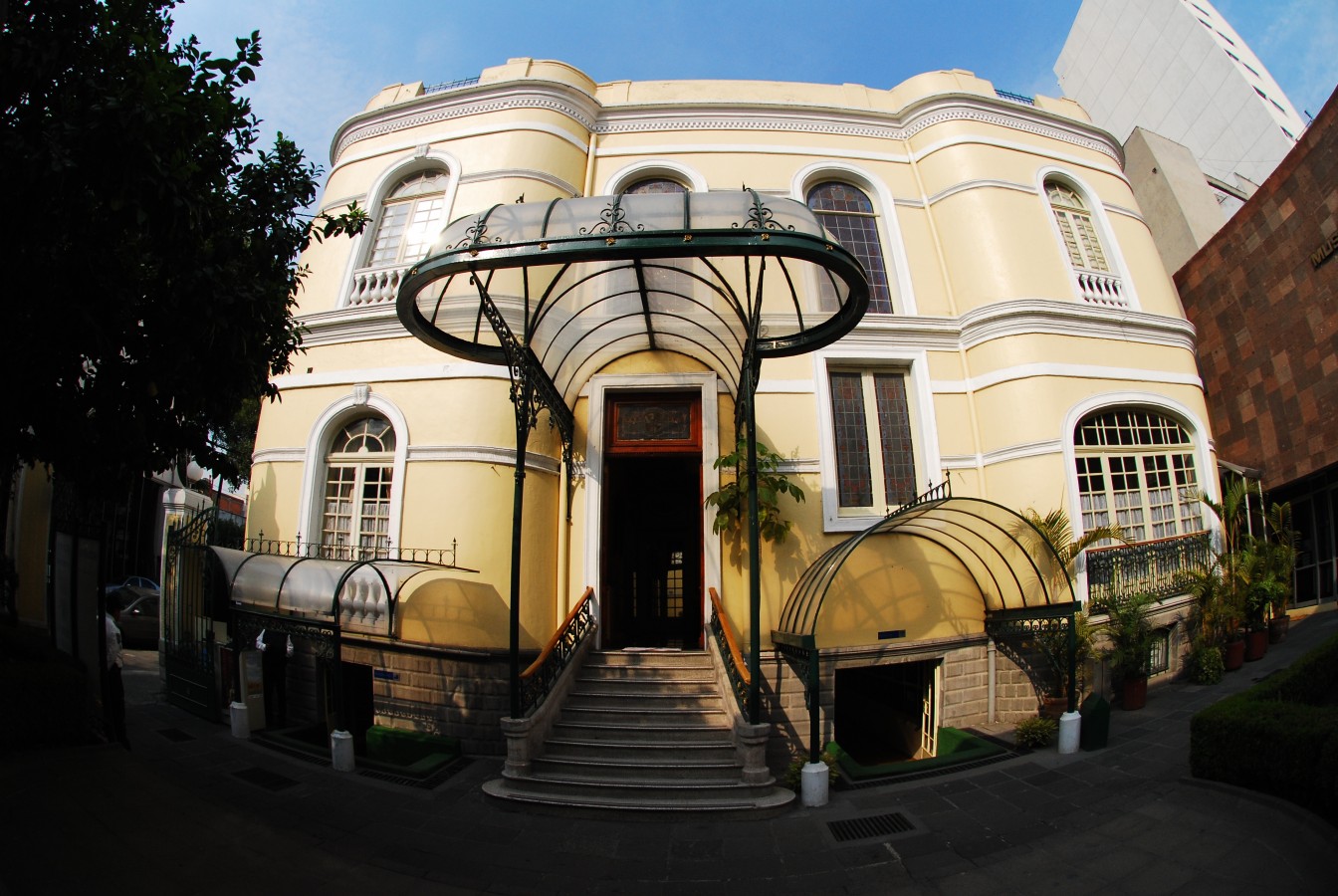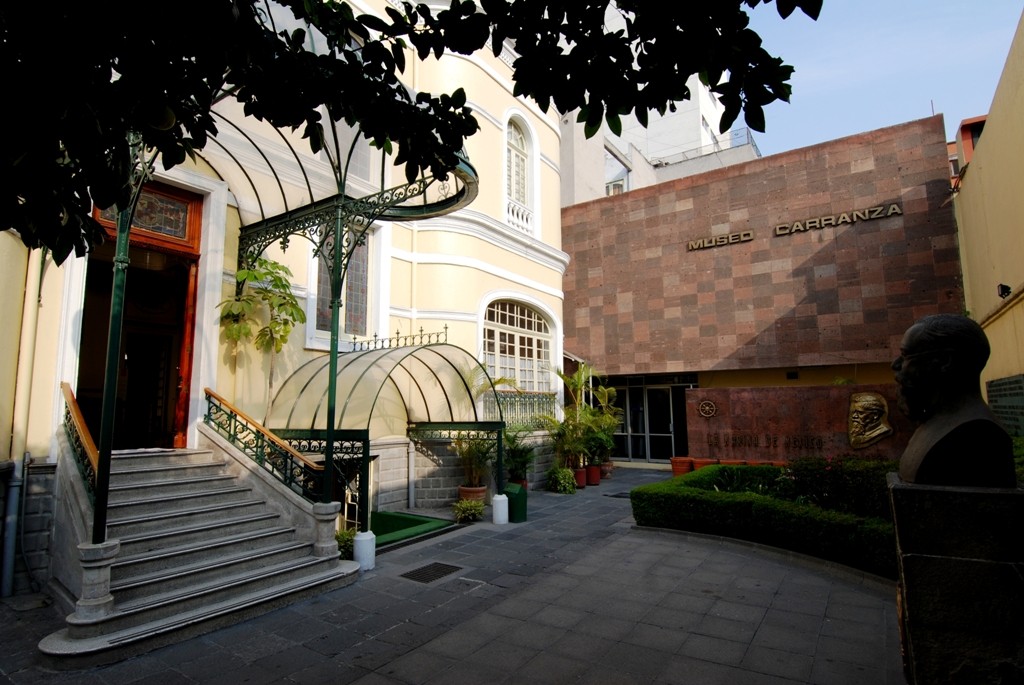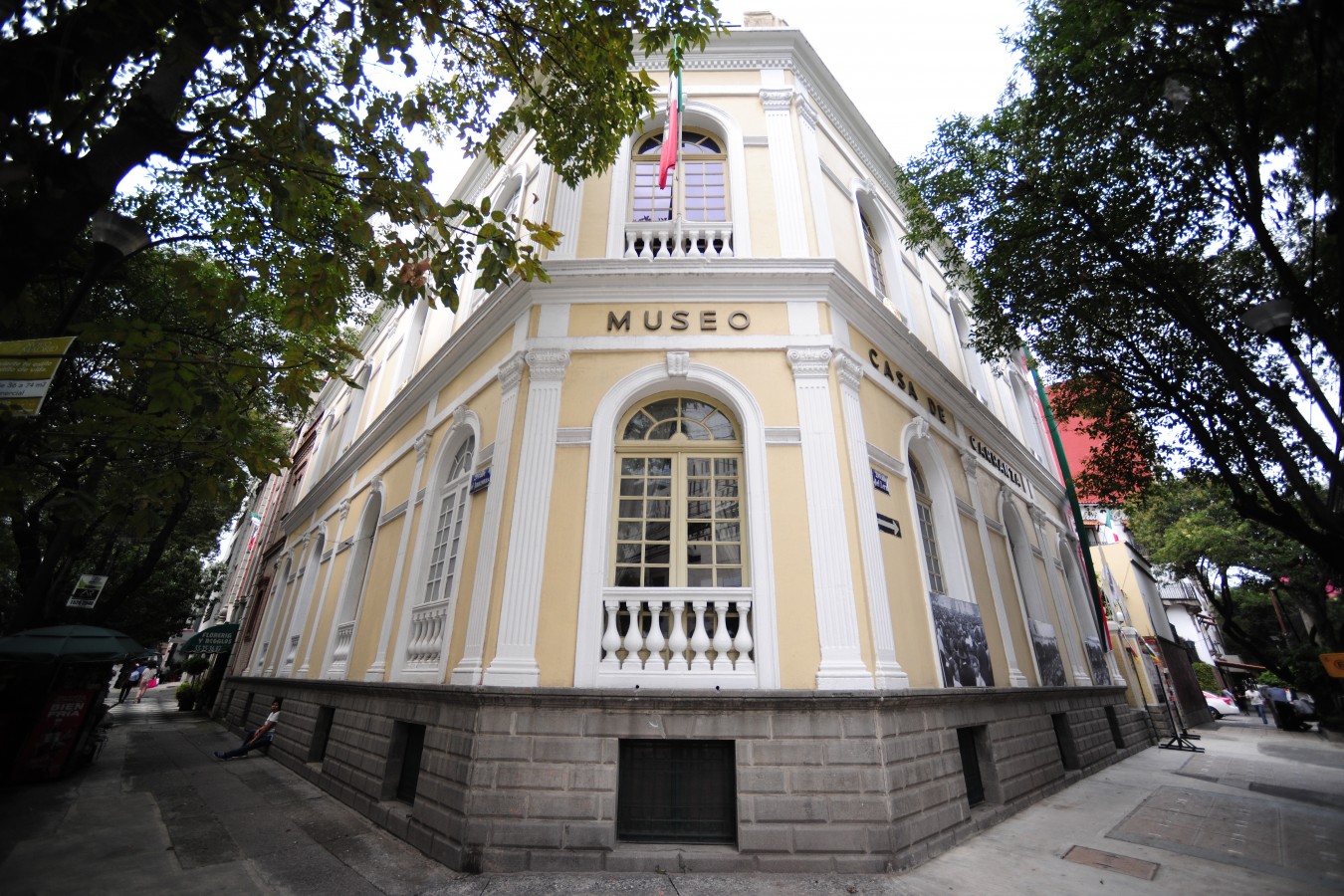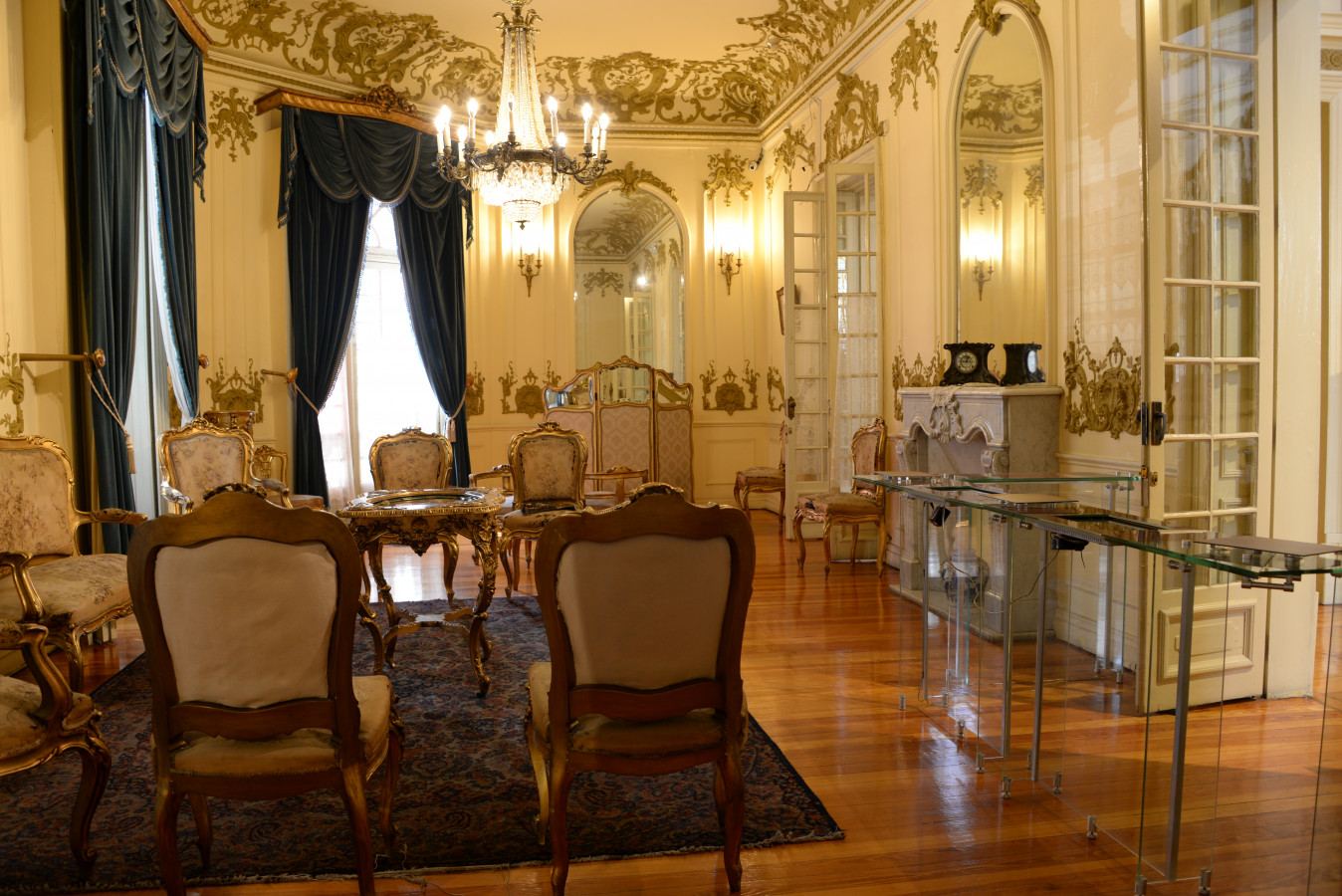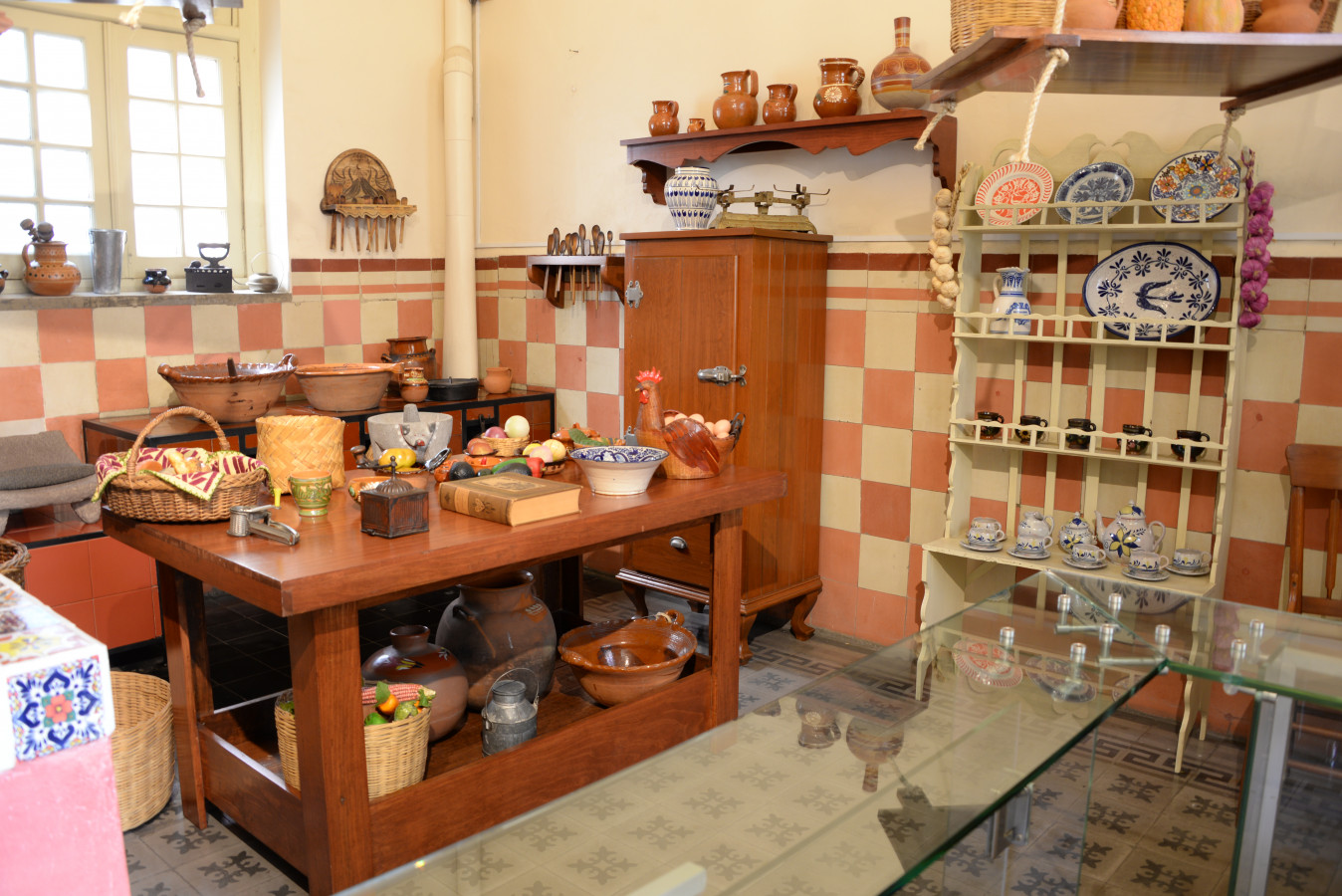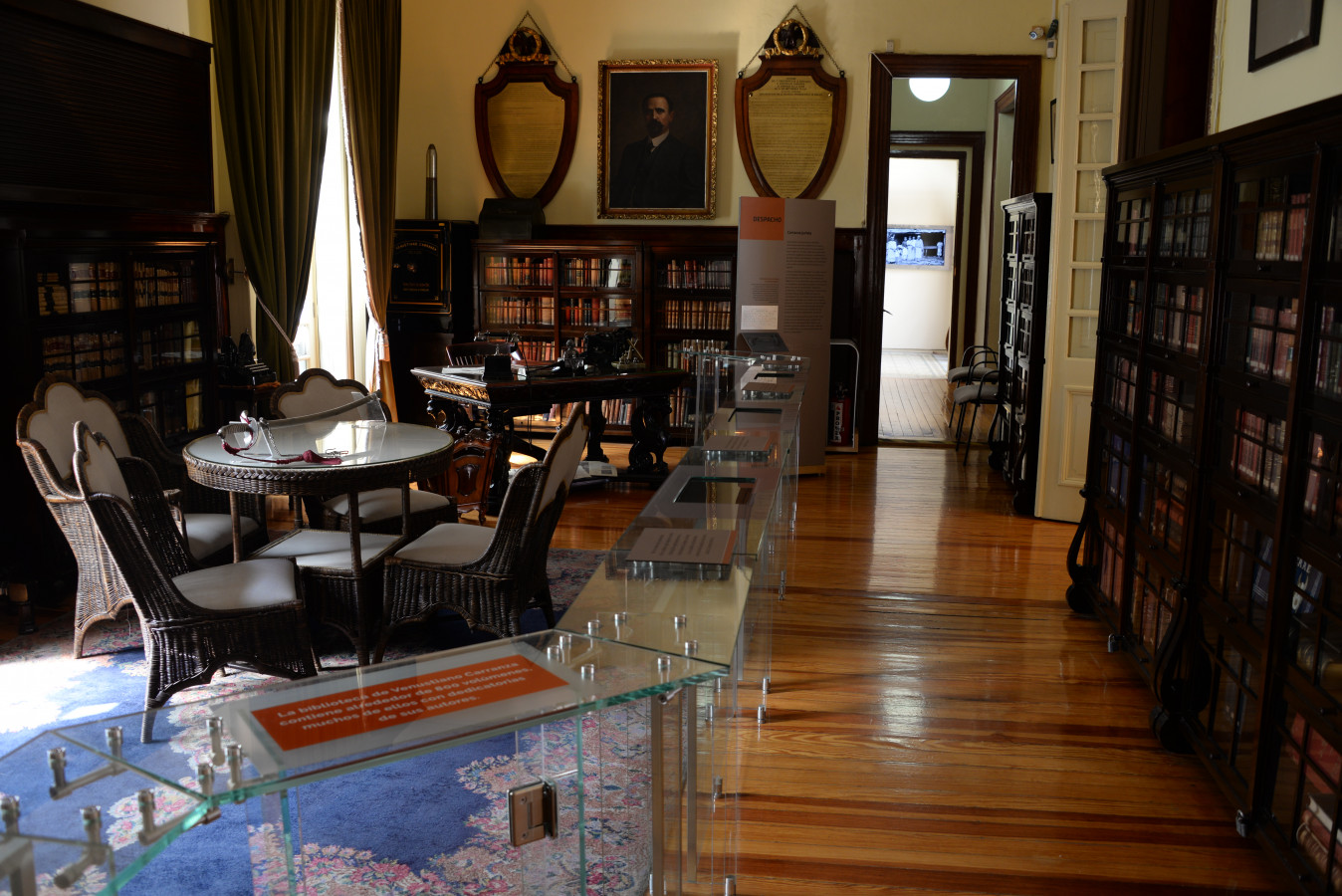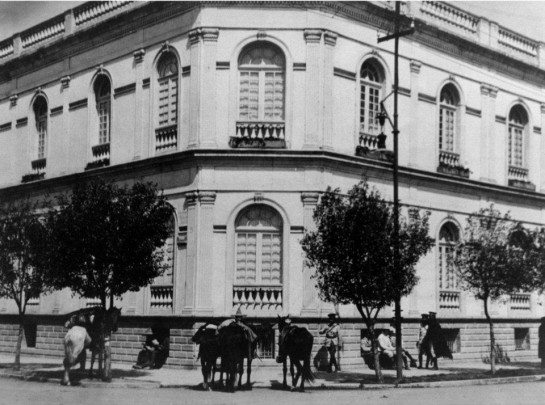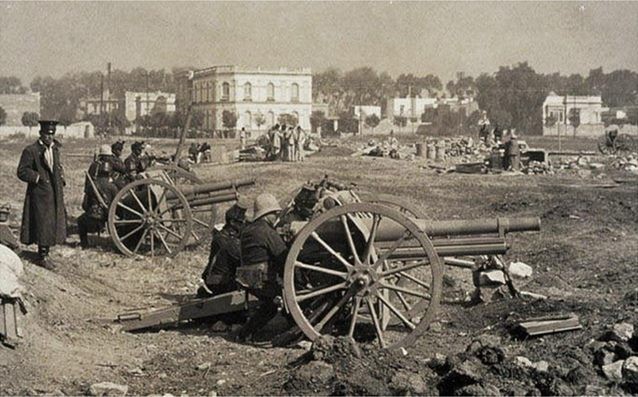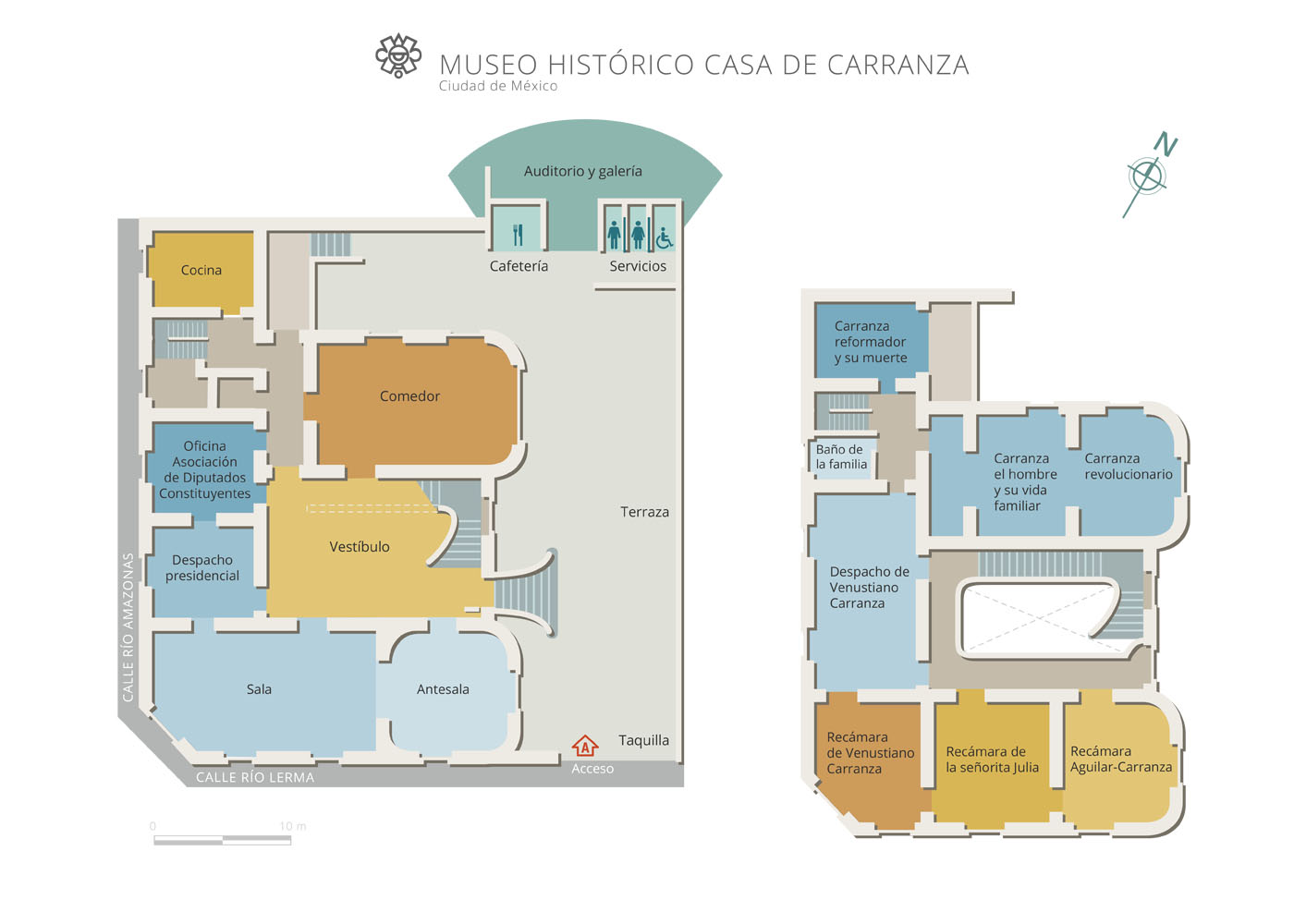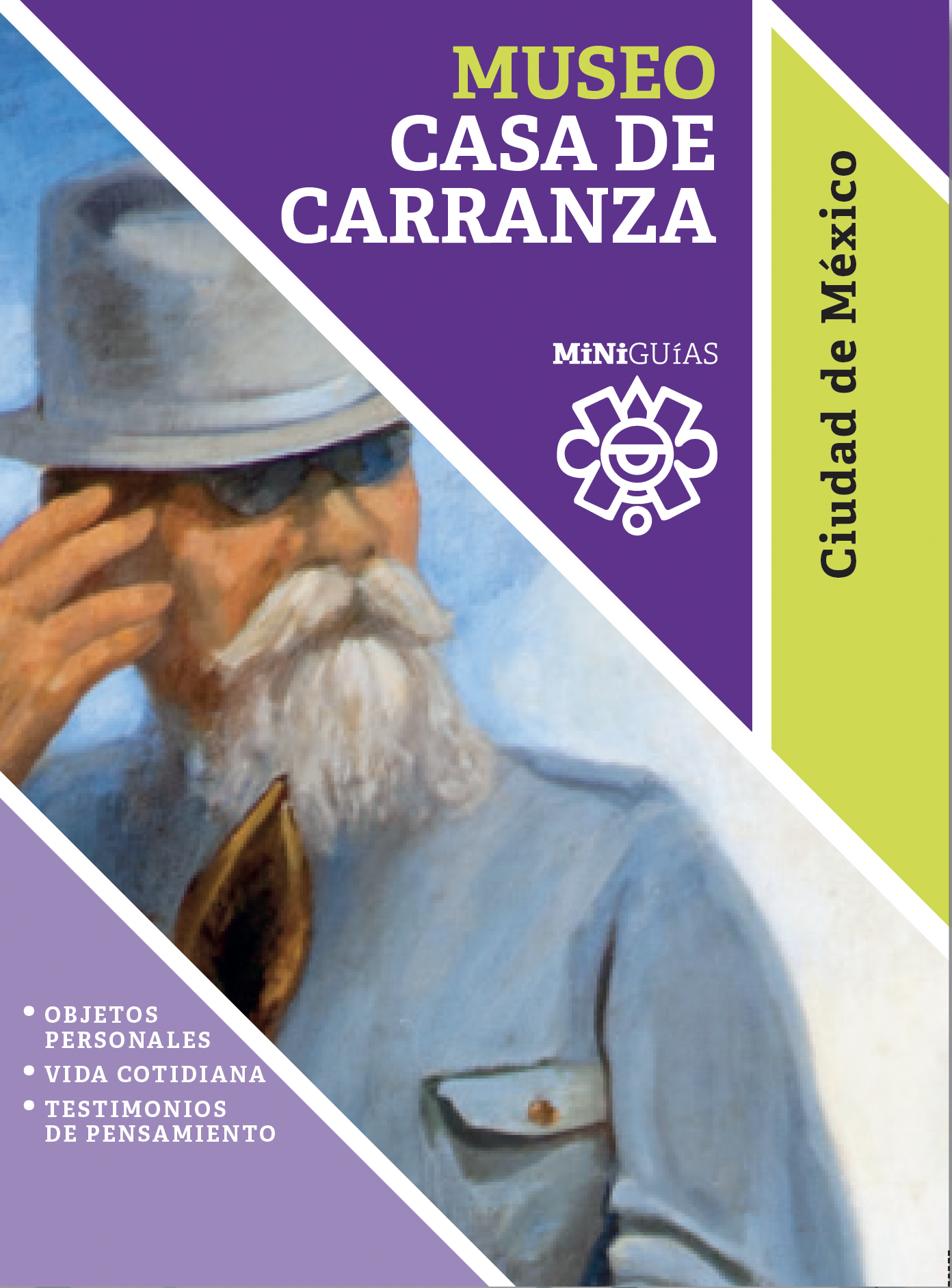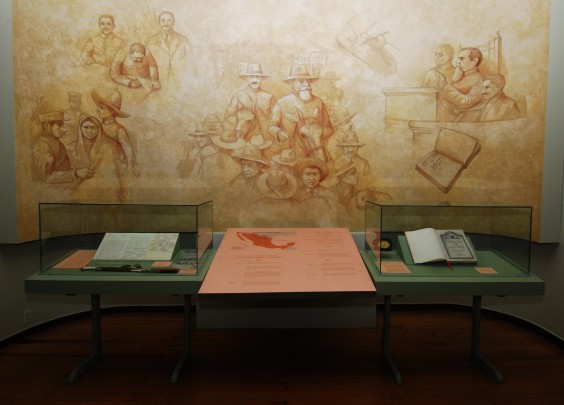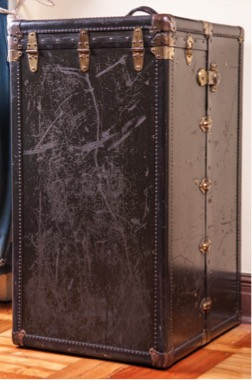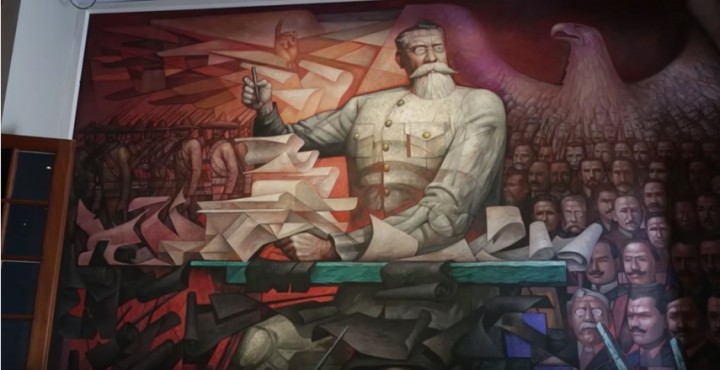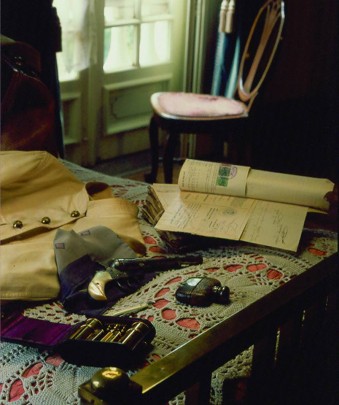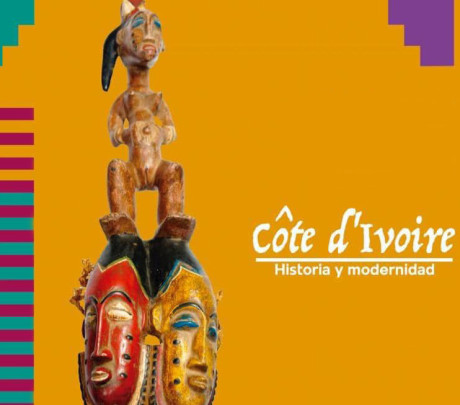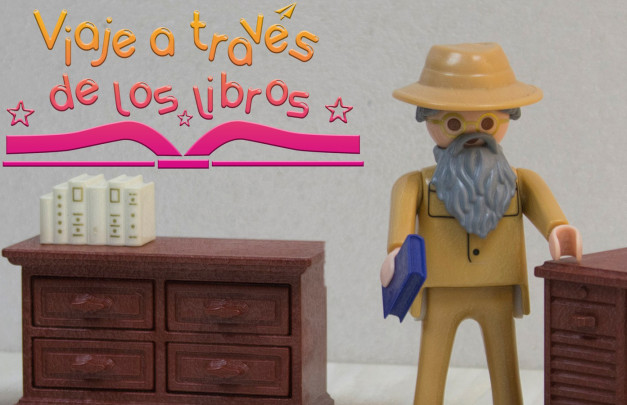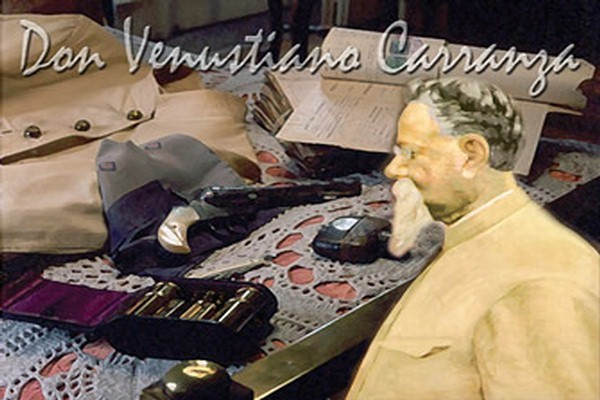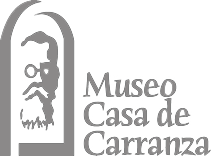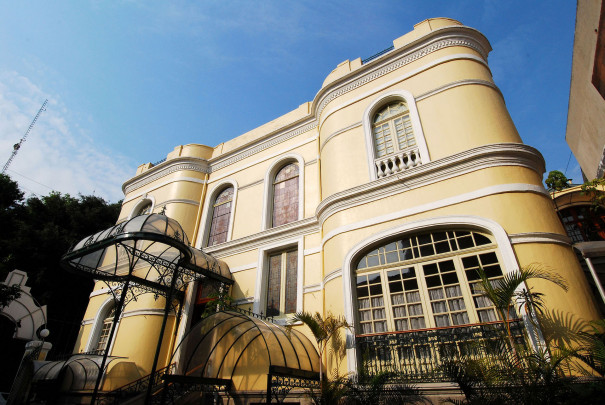In 1908, the engineer Manuel Stampa built this family home that was typical of the Porfirio Díaz era, although he was forced to abandon it in 1913 during the Ten Tragic Days. It was then occupied by General Felipe Ángeles—recently arrived from Cuernavaca—as barracks for the federal troops under his command, because of its proximity to the Colonia railway station, and with the idea for Ángeles to defend President Madero and thus thwart General Victoriano Huerta, his superior, who had already decided to commit his act of betrayal, aided and abetted by Generals Bernardo Reyes, Manuel Mondragón and Félix Díaz, as well as US ambassador Henry Lane Wilson. The Constitutionalist Revolution broke out, defeating Huerta; this was followed by the infighting (“La Lucha de Facciones”) between supporters of Carranza against the followers of Zapata and Villa (including Felipe Ángeles), and when the “Villistas”—who were already nearing defeat—cleared out the capital in 1915, the Stampa family returned to the house and lived there until 1918. By November of the following year, President Venustiano Carranza rented and lived in the property for six months, before fleeing Mexico City after the Agua Prieta rebellion staged by generals Plutarco Elías Calles, Adolfo de la Huerta and Álvaro Obregón; Carranza attempted to install the government in Veracruz, but ended up being assassinated in Tlaxcalantongo on May 21, 1920. Carranza’s body was brought to the house some days later. Finally, Juan Barragán and Paulino Fontes, both members of the armed forces, acquired the property and ceded it to Julia Carranza, daughter of the former president.
In later years, the house was rented to the embassies of France and then El Salvador. It was subsequently renovated to become the office of the Association of Constitutionalist Deputies in 1917, a Library and Newspaper and Periodicals Library (with publications dated between 1914 to 1922, and also holding the original Plan of Guadalupe), and later the Historical Museum of the Constitution and Constitutional Laws. In 1961 it was turned into the museum it is today, with the main exhibit being the house itself, with its original wooden floors, a dome and handpainted, lead-framed glazed windows, as well as molded friezes and a beautiful flying buttress in the middle of the entrance hall. In February 1993 it became part of the National Institute of Anthropology and History’s network of museums.
In the museum’s fourteen galleries with permanent exhibits, visitors can admire a collection of 3,400 objects, including items such as books, photographs, period furniture, and the personal effects of the “Baron of Cuatro Ciénegas.” The ground floor rooms set out as galleries include the lobby, entrance hall, sitting room (where the wake for the dignitary was held), the dining room and kitchen, as well as a gallery with oil paintings by Gerardo Murillo (aka Dr Atl), Salvador R. Guzmán and Jorge González Camarena, and a small conference hall for conferences and academic events. On the top floor, visitors can explore the bedrooms, library and so-called historic rooms, three spaces for the sewing room and spare bedrooms; these rooms contain information on Carranza’s family life and political career, with special emphasis on his greatest legacy: the promulgation of the 1917 Constitution.

-
+52 (55) 46 6494
-
This email address is being protected from spambots. You need JavaScript enabled to view it.
-
WWW
-
FACEBOOK
-
TWITTER

